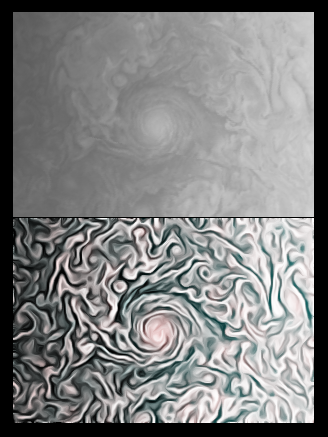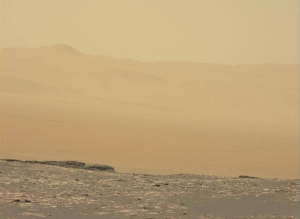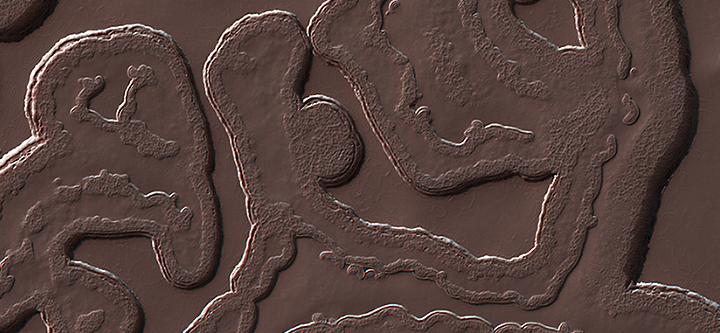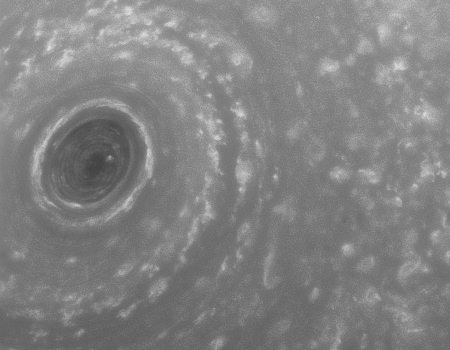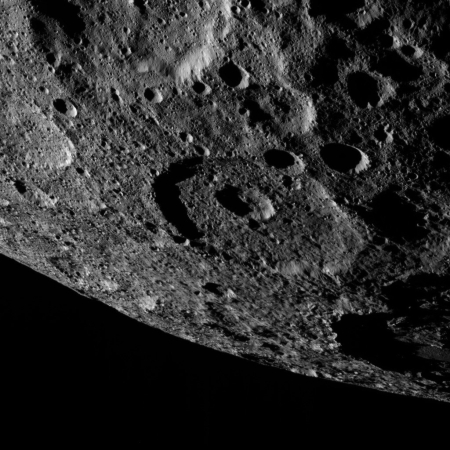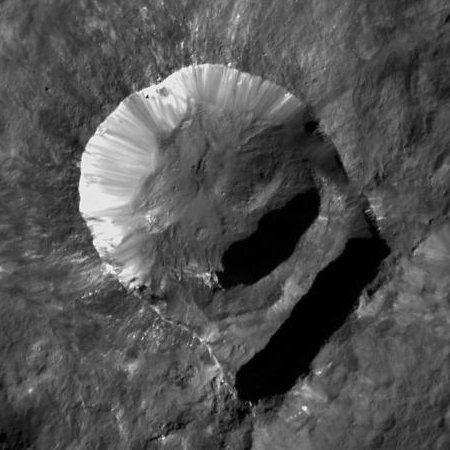Articles today in the science journals Science and Nature give us a taste of the upcoming resistance by the science community to any policy changes put forth by the new Trump administration.
Both articles assume that the Paris climate agreement is already the law of the land, despite the basic fact that the Senate has not approved it. In fact, if Trump and Congress decide to cut all American ties with it, they can. Right now it is merely something that Obama has agreed to, and under our Constitution, the legalities binding us to that agreement are weak, at best.
This quote from the Science article outlines how the science community plans to structure its resistance:
With oilmen like Harold Hamm, CEO of Continental Resources, and Forrest Lucas, the founder of Lucas Oil, named as potential candidates to lead the Departments of Energy and the Interior, respectively, in a Trump administration, the mostly likely historical analogue for the next few years could be the start of Ronald Reagan’s presidency, when he appointed senior officials who were often hostile to the policies of their own agencies. For example, Reagan’s Secretary of the Interior, James Watt, wanted to sell off public lands and reduce forest protections, and his EPA head, Anne Gorsuch, moved to soften clear air and water rules. Some agency staff fought back, and there were frequent leaks, resignations, and lawsuits. Both Watt and Gorsuch ultimately resigned amidst political chaos, and were replaced by less polarizing appointments. If Trump follows a similar path, “there could be a whole lot of churn,” Victor predicts.
Indeed, Trump may quickly learn the limits of the presidency, Victor adds. “The Oval Office will be a lonely place,” he says, if the White House attempts to make radical changes that agency professional staff fiercely opposes. [emphasis mine]
And then there is this quote from the Nature article:
“Trump will be the first anti-science president we have ever had,” says Michael Lubell, director of public affairs for the American Physical Society in Washington DC. “The consequences are going to be very, very severe.”
Calling Trump “the first anti-science president” is the kind of name-calling that is typical of the left and the Democratic Party. Not only is it a silly statement, based merely on the partisan hatred of Republicans by scientists, almost all of whom are Democratic Party loyalists, it has nothing to do with reality. Scientists have no more right to a blank check from the government than anyone else. They need to justify their research, and show that it is worthwhile. Since the 1990s they have not had to do this, which has resulted in blooming budgets and a lot of questionable results. And I say this as a science guy. Unlike these partisans, however, I also recognize that there is a gigantic amount of needless spending in the science budgets of numerous government agencies. Their budgets have grown significantly since 2000, with little to show for it. It is time to bring that spending under some control.
This is only the first shot across the bow. I have no doubt that the science community plans to link up with the partisan mainstream press to create a full-court press against any policy changes or budget cuts that either Trump or Congress may propose. These people do not respect the concept of democracy, and will resist the will of the public in every way they can.

